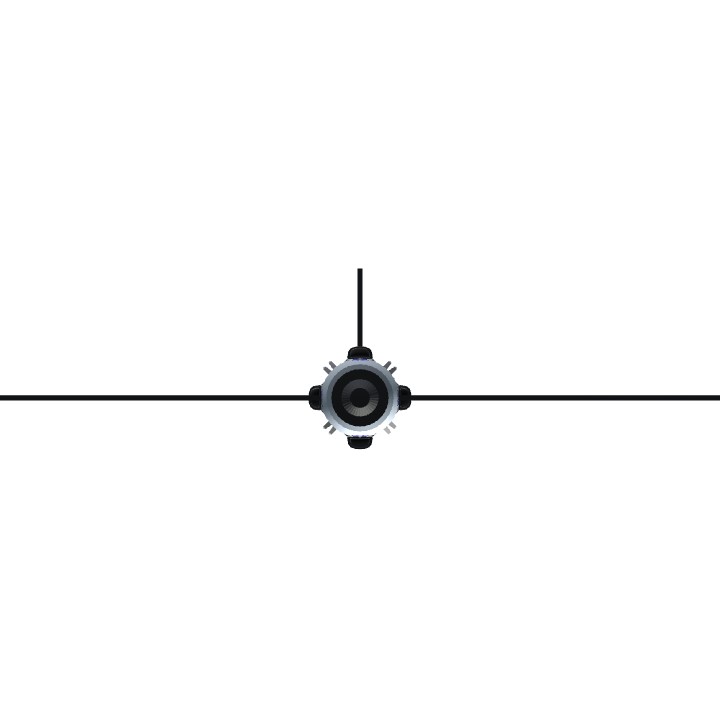Despite being made illegal internationally by the Zurich Convention (1945-1946) after the World War, remote weapons have continued development in the USSR, basing their weapons off of recovered Nazi designs from various isolated airbase sites in Germany and Austria.
Named after Russian soldier Mikhail Yegorov, one of the soldiers who raised the hammer and sickle over the Reichstag, the Yegorov Flying Bomb was based off of the German V1 and designed to do extreme damage at any cost. What resulted was an insanely powerful remote controlled flying bomb that covers a somewhat small area, perfect for destroying individual buildings or ships.
Despite its damage, the flying bomb comes with many severe drawbacks. The most noticeable one is the fact that it must be manually controlled from a remote control panel, meaning that not only must someone constantly monitor it as they would a plane, but also that they must remain close to it at an estimated 10 mile maximum distance. The second drawback is that it is very slow, about half as fast as a typical fighter jet of any country. It has a speed comparable yet a little slower than a typical propeller fighter plane, meaning they can be easily intercepted by even station security fighters. This created the need to send swarms of dozens to hundreds, maybe even thousands of missiles just to make sure that a few can hit their targets. Combine this with the remote control, and you’ll need some transport planes filled with people controlling the bombs to trail behind the bombs. If these planes get shot down, an entire batch of bombs will simply lose control and drift off course. This leads to the third and arguably either most or least server drawback, which is its price. The price per missile is unknown, but it can be estimated taking these factors:
1,797lbs engine with 11,240lbf thrust,
2000lbs of explosives,
400gal of fuel,
10 mile range remote control system,
LIVE 15fps 60×60 camera
Along with these are the costs of training pilots and producing command planes.
Another drawback somewhat related to price is the need to transmit signals at varying frequencies for pilots to connect to the missiles. Though the frequencies cannot be interfered with by external radio sources, they can sometimes be broken at random. This further reinforced the need for swarm tactics.
Despite extremely high costs, the effectiveness was unquestionable. A couple dozen missiles could decimate an American supercarrier (2000ft-4000ft), and a single missile could destroy a normal airship no matter how thick its hull is.
Specifications
General Characteristics
- Created On iOS
- Wingspan 45.7ft (13.9m)
- Length 34.0ft (10.4m)
- Height 11.3ft (3.5m)
- Empty Weight 8,030lbs (3,642kg)
- Loaded Weight 10,711lbs (4,858kg)
Performance
- Power/Weight Ratio 1.363
- Wing Loading 30.1lbs/ft2 (147.0kg/m2)
- Wing Area 355.9ft2 (33.1m2)
- Drag Points 1639
Parts
- Number of Parts 83
- Control Surfaces 5
- Performance Cost 271




